Dash Cam Can Connect To Phone?
In today's fast-paced world, technology continues to evolve, making our lives more convenient and secure. One such innovation is the dash cam, a device that has become increasingly popular among drivers for its ability to record video footage while driving. A significant advancement in dash cam technology is the ability to connect to a smartphone. This feature offers numerous benefits, from real-time monitoring to easy access to recorded footage. In this article, we will explore the various aspects of dash cams that can connect to phones, addressing common user demands and practical concerns.
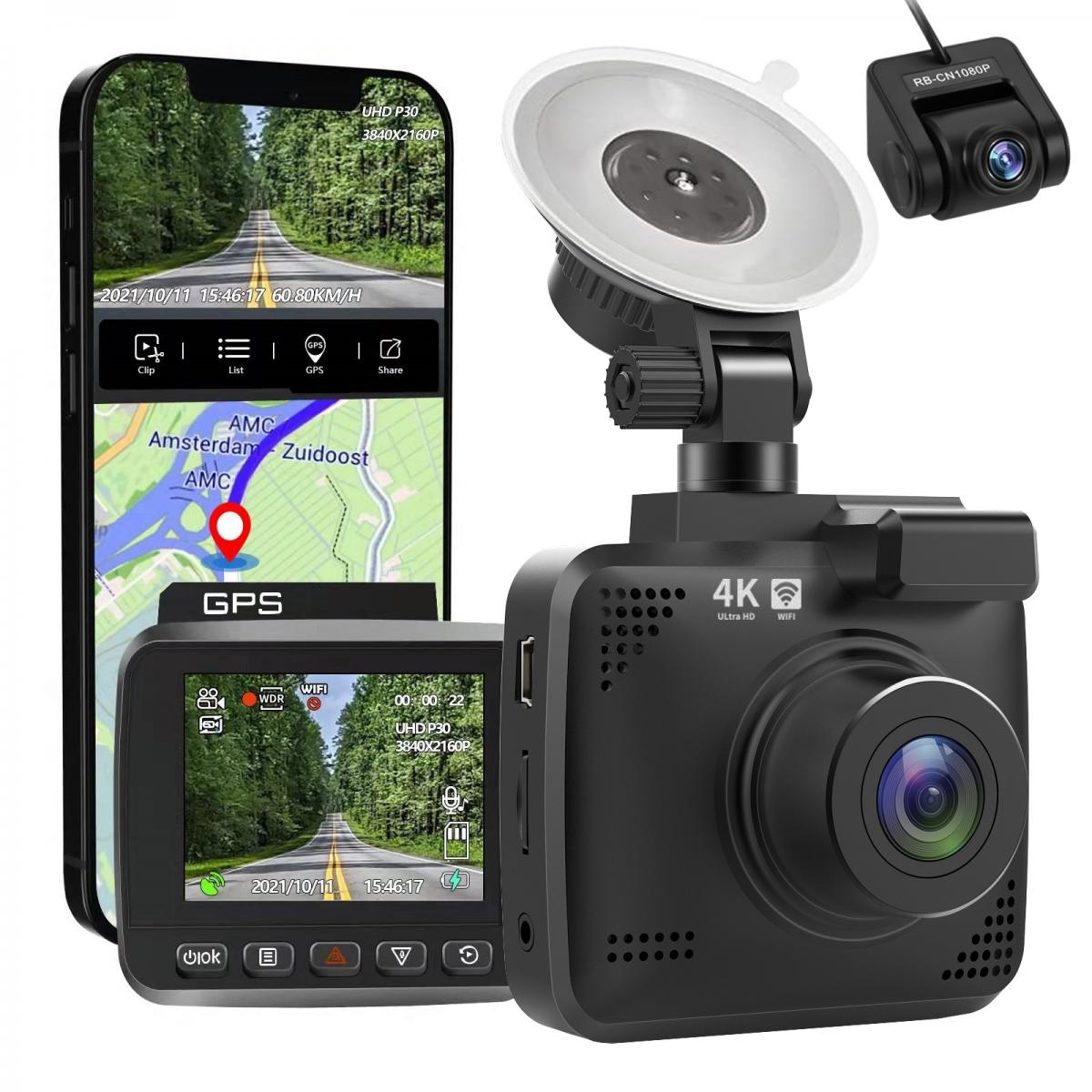
Understanding the Basics of Dash Cams
Before diving into the specifics of dash cams that connect to phones, it's essential to understand what a dash cam is and its primary functions. A dash cam, short for dashboard camera, is a small video recording device mounted on a vehicle's dashboard or windshield. Its primary purpose is to record the road ahead (and sometimes the rear) while the vehicle is in motion. The footage captured by dash cams can be invaluable in the event of an accident, providing clear evidence of what transpired.
The Evolution of Dash Cams: Connectivity Features
Traditional dash cams required users to remove the memory card and insert it into a computer to view the recorded footage. This process was cumbersome and time-consuming. However, with the advent of wireless technology, modern dash cams now offer the ability to connect to smartphones via Wi-Fi or Bluetooth. This connectivity feature has revolutionized the way users interact with their dash cams, providing a seamless and user-friendly experience.
Key Benefits of Connecting Dash Cams to Phones
1. Real-Time Monitoring
One of the most significant advantages of connecting a dash cam to a smartphone is real-time monitoring. Users can view live footage from their dash cam directly on their phone, allowing them to keep an eye on their vehicle even when they are not inside it. This feature is particularly useful for parents who want to monitor their teenage drivers or for fleet managers overseeing multiple vehicles.
2. Easy Access to Recorded Footage
Gone are the days of fumbling with memory cards and computers. With a connected dash cam, users can easily access recorded footage on their smartphones. This convenience is especially beneficial in the event of an accident, as users can quickly review and share the footage with insurance companies or law enforcement.
3. Instant Alerts and Notifications
Many connected dash cams come equipped with motion detection and impact sensors. When these sensors are triggered, the dash cam can send instant alerts and notifications to the user's smartphone. This feature ensures that users are immediately informed of any unusual activity or potential accidents involving their vehicle.
4. GPS Tracking and Location Data
Some advanced dash cams offer GPS tracking and location data, which can be accessed through the connected smartphone app. This feature allows users to track their vehicle's location in real-time, providing an added layer of security. It is particularly useful for parents monitoring their children's driving habits or for businesses managing a fleet of vehicles.
5. Cloud Storage and Backup
Many connected dash cams offer cloud storage options, allowing users to back up their footage securely. This feature ensures that important video files are not lost, even if the dash cam is damaged or stolen. Users can access their cloud-stored footage from anywhere, making it easy to share with relevant parties when needed.
Addressing Common User Concerns
While the benefits of connecting dash cams to phones are clear, potential users often have several concerns. Let's address some of the most common questions and issues.
1. Compatibility with Smartphones
One of the primary concerns is whether the dash cam will be compatible with the user's smartphone. Most modern dash cams are designed to work with both iOS and Android devices. However, it is essential to check the specific compatibility requirements before purchasing a dash cam. Manufacturers typically provide a list of compatible devices and operating systems on their websites or product packaging.
2. Ease of Installation and Setup
Another common concern is the ease of installation and setup. Fortunately, most connected dash cams are designed with user-friendliness in mind. The installation process usually involves mounting the dash cam on the windshield, connecting it to the vehicle's power source, and downloading the corresponding smartphone app. The app will guide users through the setup process, making it straightforward even for those who are not tech-savvy.
3. Data Privacy and Security
With any connected device, data privacy and security are paramount concerns. Users want to ensure that their footage and personal information are protected. Reputable dash cam manufacturers implement robust security measures, such as encryption and secure cloud storage, to safeguard user data. It is advisable to choose a dash cam from a trusted brand and to review their privacy policy and security features.
4. Battery Life and Power Management
Battery life and power management are also important considerations. Most dash cams are powered by the vehicle's battery, ensuring continuous operation while driving. However, some models come with built-in batteries that can provide power for a limited time when the vehicle is off. Users should consider their specific needs and choose a dash cam with appropriate power management features.
Choosing the Right Dash Cam for Your Needs
With numerous options available in the market, selecting the right dash cam can be overwhelming. Here are some factors to consider when choosing a dash cam that connects to your phone:
1. Video Quality
High-definition video quality is crucial for capturing clear and detailed footage. Look for dash cams that offer at least 1080p resolution. Some advanced models even provide 4K resolution for superior video clarity.
2. Field of View
The field of view determines how much of the road the dash cam can capture. A wider field of view is generally better, as it covers more area. Look for dash cams with a field of view of at least 140 degrees.
3. Night Vision
Driving conditions are not always ideal, and good night vision capabilities are essential for capturing clear footage in low-light conditions. Choose a dash cam with infrared or low-light sensors for optimal performance at night.
4. Storage Options
Consider the storage options available with the dash cam. Some models come with built-in storage, while others use removable memory cards. Additionally, check if the dash cam offers cloud storage for added convenience and security.
5. Additional Features
Look for additional features that may be important to you, such as GPS tracking, parking mode, and voice control. These features can enhance the functionality and usability of the dash cam.
Dash cams that connect to smartphones offer a range of benefits, from real-time monitoring to easy access to recorded footage. By addressing common user concerns and understanding the key features to look for, you can make an informed decision when choosing a connected dash cam. Whether you are a parent monitoring your teenage driver, a fleet manager overseeing multiple vehicles, or simply a driver looking for added security, a connected dash cam can provide peace of mind and valuable evidence in the event of an accident. Embrace this technological advancement and enjoy the convenience and security it brings to your driving experience.


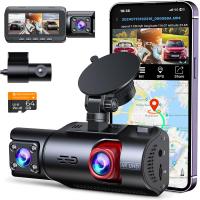




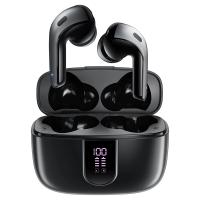

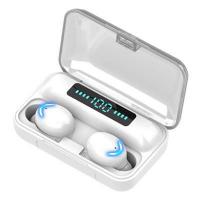
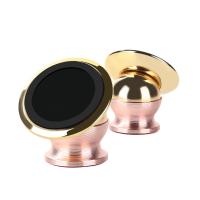
![K&F Concept Selfie Ring Light with Cell Phone Holder for Live Stream and Makeup, LED Light [3-Light Mode] [10-Level Brightness] with Remote Control and Flexible Hose Bracket for iPhone Android【Ship to the US Only】 K&F Concept Selfie Ring Light with Cell Phone Holder for Live Stream and Makeup, LED Light [3-Light Mode] [10-Level Brightness] with Remote Control and Flexible Hose Bracket for iPhone Android【Ship to the US Only】](https://img.kentfaith.com/cache/catalog/products/us/KF34.001/KF34.001-1-200x200.jpg)

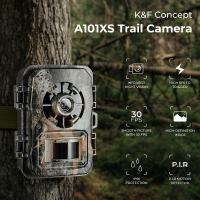

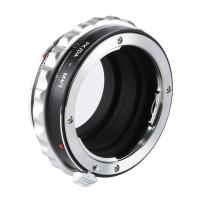
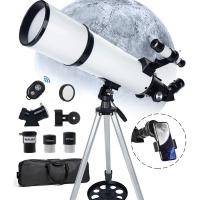
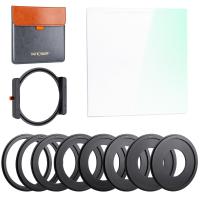
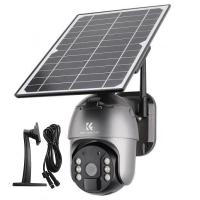
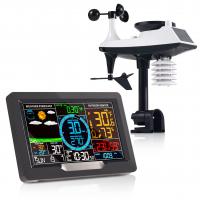
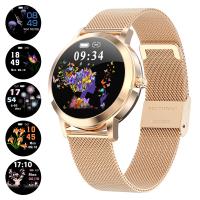



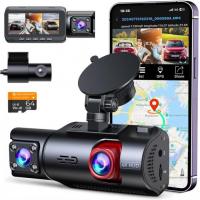
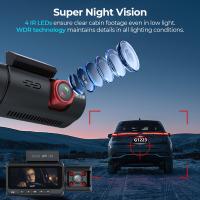
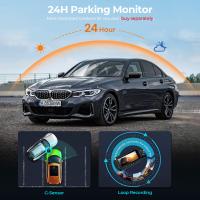

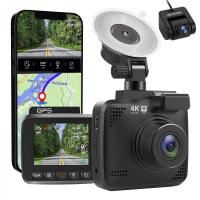
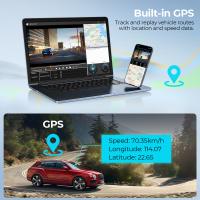
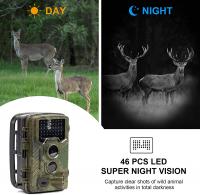

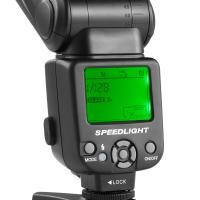

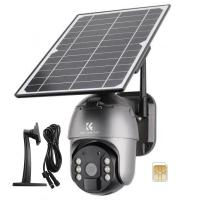
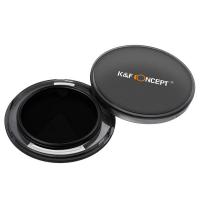
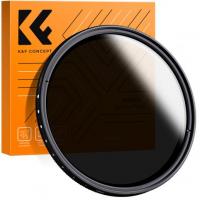

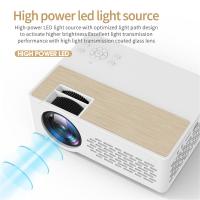
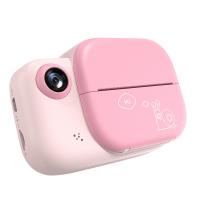
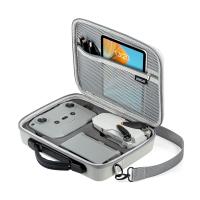
There are no comments for this blog.